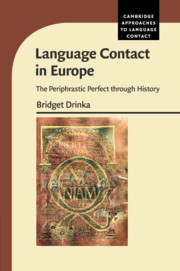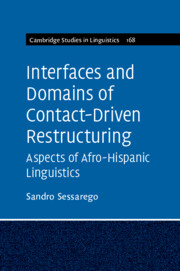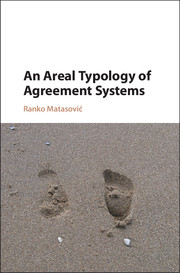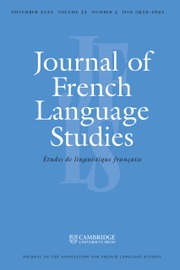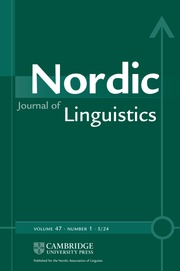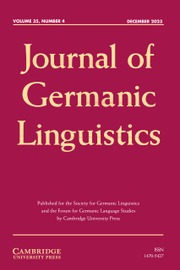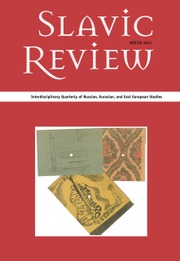Language Contact in Europe
This comprehensive new work provides extensive evidence for the essential role of language contact as a primary trigger for change. Unique in breadth, it traces the spread of the periphrastic perfect across Europe over the last 2,500 years, illustrating at each stage the micro-responses of speakers and communities to macro-historical pressures. Among the key forces claimed to be responsible for normative innovations in both eastern and western Europe is 'roofing' - the superstratal influence of Greek and Latin on languages under the influence of Greek Orthodoxy and Roman Catholicism respectively. The author provides a new interpretation of the notion of 'sprachbund', presenting the model of a three-dimensional stratified convergence zone, and applies this model to her analysis of the have and be perfects within the Charlemagne sprachbund. The book also tackles broader theoretical issues, for example, demonstrating that the perfect tense should not be viewed as a universal category.
- Provides a comprehensive examination of the development of a single feature across space and time
- Employs an empirical approach, utilizing textual analysis, mapping, and statistical evaluation
- Questions key claims made about the perfect construction, such as its universality and its unidirectionality towards past tense
Product details
August 2019Paperback
9781108731911
505 pages
230 × 153 × 30 mm
0.7kg
15 b/w illus. 35 maps
Available
Table of Contents
- 1. Language contact in Europe: the periphrastic perfect through history
- 2. Languages in contact, areal linguistics and the perfect
- 3. The perfect as a category
- 4. Sources of the perfect in Indo-European
- 5. The periphrastic perfect in Greek
- 6. The periphrastic perfect in Latin
- 7. The Charlemagne sprachbund and the periphrastic perfects
- 8. The core and peripheral features of romance languages
- 9. The early development of the perfect in the Germanic languages
- 10. The semantic shift of anterior to preterite
- 11. The Balkan perfects: grammaticalization and contact
- 12. Byzantium, orthodoxy, and old church Slavonic
- 13. The l-perfect in North Slavic
- 14. Updating the notion of sprachbund: new resultatives and the circum-Baltic 'stratified convergence zone'
- 15. The have resultative in Slavic and Baltic
- 16. Conclusions.

